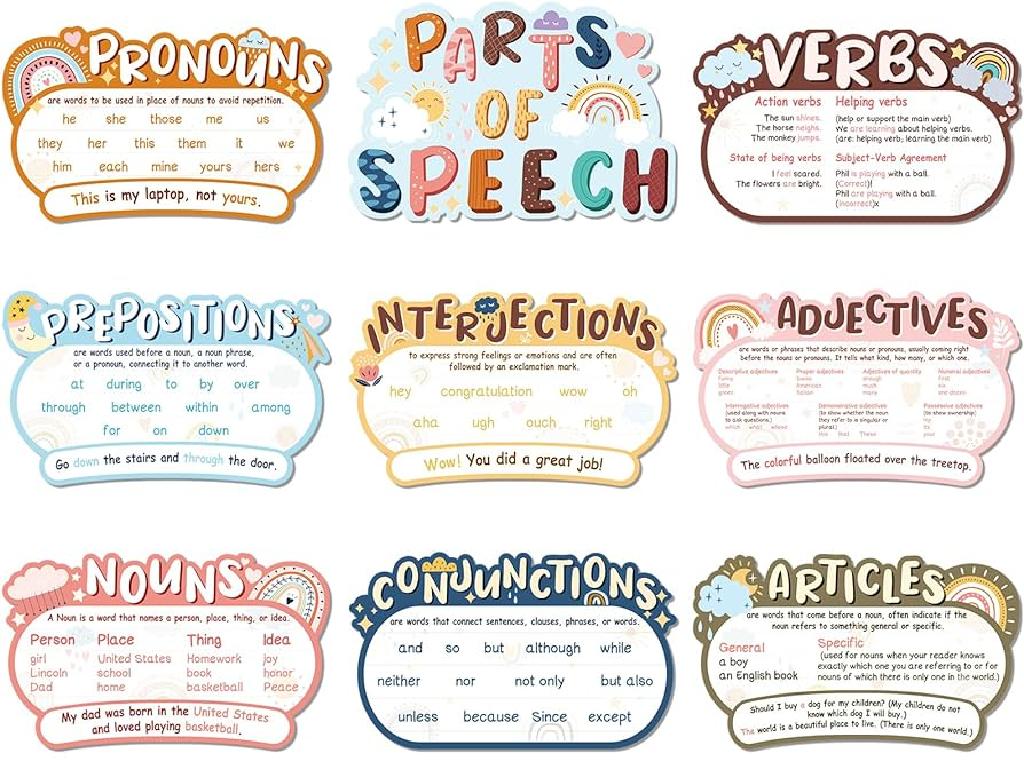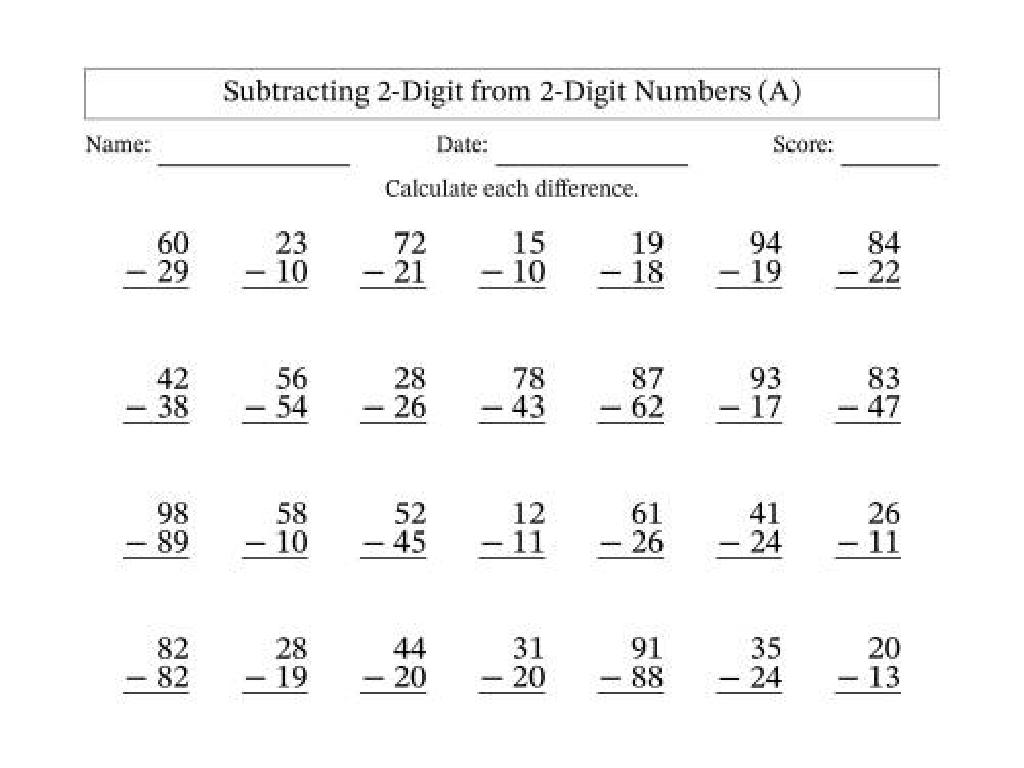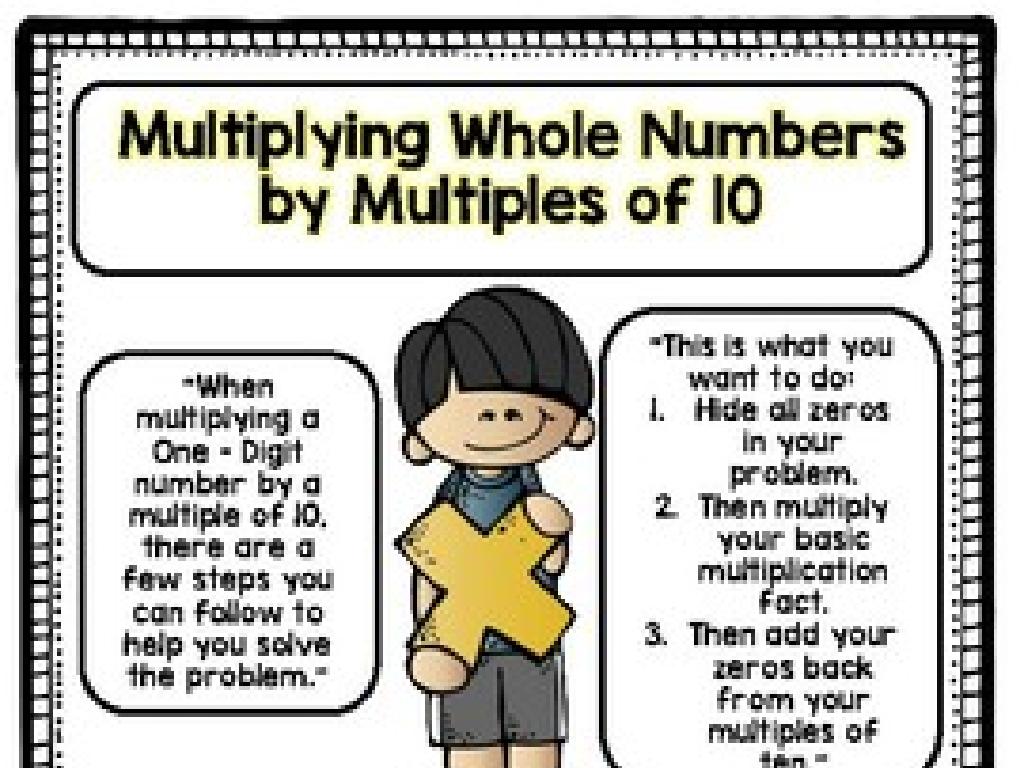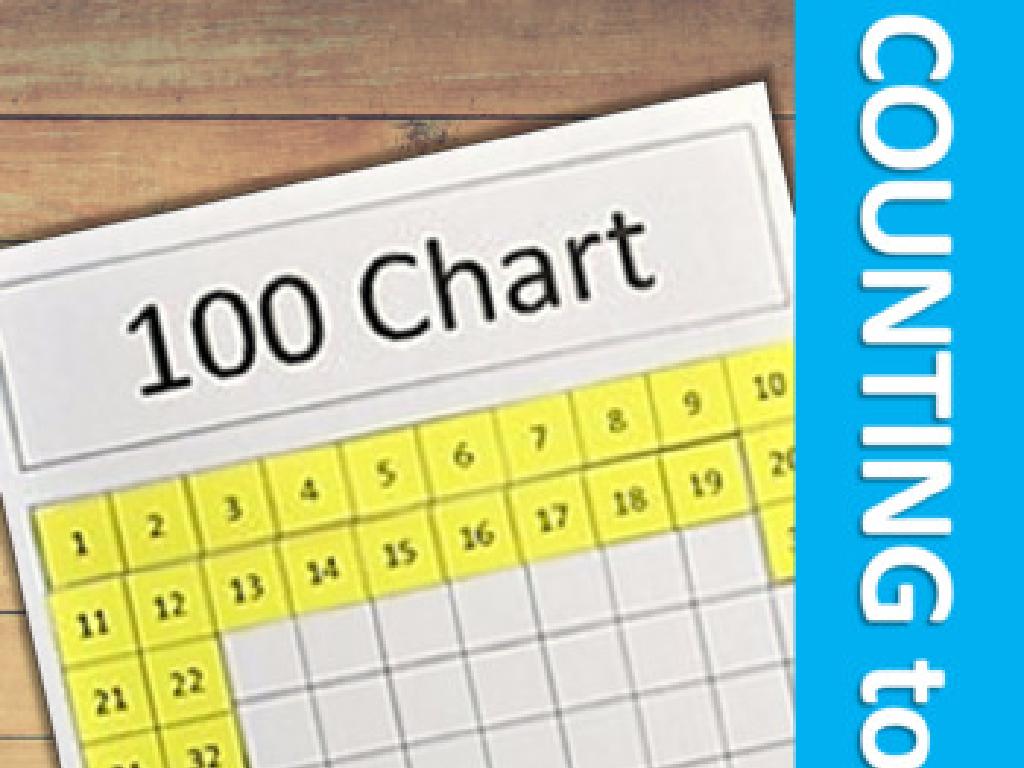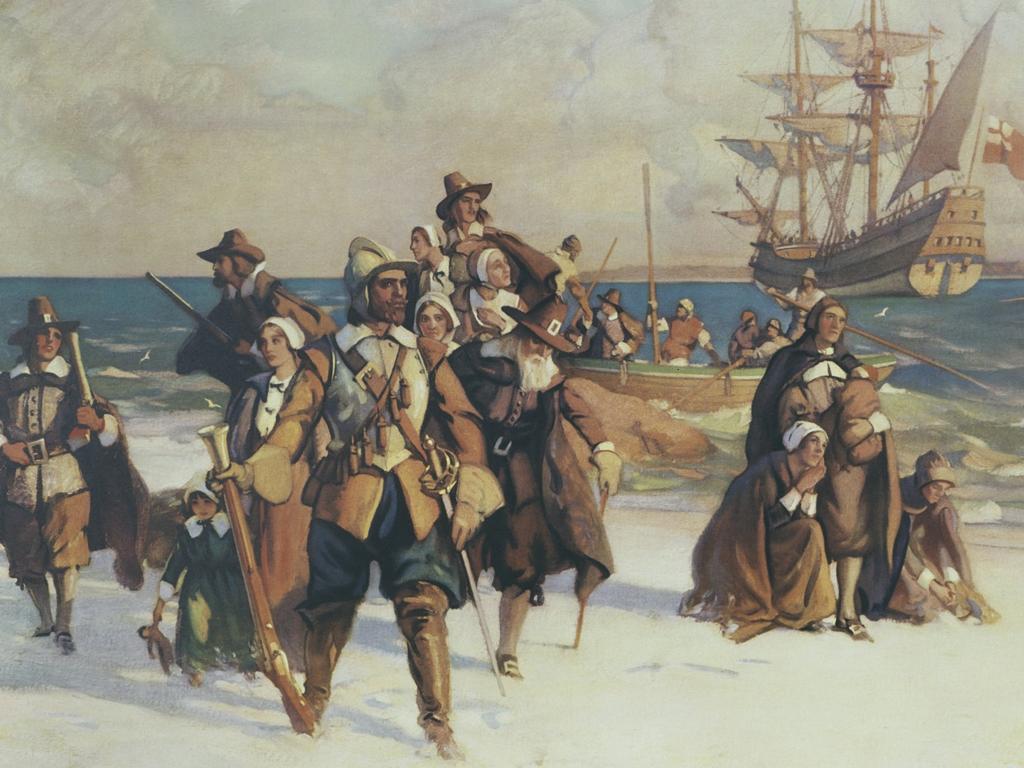Use A Letter-Number Grid
Subject: Social studies
Grade: Second grade
Topic: Geography
Please LOG IN to download the presentation. Access is available to registered users only.
View More Content
Exploring Maps with Letter-Number Grids
– Introduction to maps
– Learn letter-number grids
– Grids help us locate places easily
– Why maps matter
– Discuss how maps help us in daily life
– Activity: Find a place on a map
|
This slide introduces the concept of maps and their importance in understanding geography. Begin by explaining what a map is and how it represents the world or a section of it. Introduce the letter-number grid system as a way to find locations on a map easily. Engage the students by asking them why they think maps are important, prompting them to think about how maps are used in daily life, such as finding a school or a park. Conclude with a fun activity where students use a letter-number grid to locate a specific place on a classroom map. This will help them apply what they’ve learned and understand the practical use of maps and grids.
What is a Map?
– A map is a place’s picture
– Imagine looking down from the sky to see where things are
– Maps show locations from above
– Like a bird, we see roads, buildings, and parks from high up
– Maps vary in scale and detail
– From a room to the entire planet, maps can show anything
– Maps guide us in the real world
– Use maps to find your way from home to school
|
This slide introduces students to the concept of maps, emphasizing their role as representations of places from a bird’s-eye view. It’s important to convey that maps are tools that help us understand our surroundings and navigate from one place to another. Use examples that are relatable to second graders, such as a map of their classroom or school. Encourage them to think about how a map of their neighborhood might look different from a map of the world. Activities can include drawing a simple map of the classroom or using a school map to locate different areas. This will help them grasp the concept of scale and the purpose of maps in everyday life.
Understanding Map Features
– Map title: What’s this map for?
– Legend: Symbols and colors guide
– Like a key, it helps us decode map symbols.
– Compass rose: Finding directions
– Shows us where to find North, South, East, and West.
– Scale: Measuring real distances
– Tells us how much space on the map represents a real distance.
– Grid: Easy location with letters and numbers
– Combines letters and numbers for quick reference points.
|
This slide introduces students to the essential parts of a map, which are critical for understanding how to read and interpret maps effectively. The title of a map sets the context for what the map will show. The legend acts as a key to decipher what different symbols and colors represent. The compass rose is a tool to identify direction, which is fundamental in navigation. The scale is used to translate distances on the map to actual distances on the ground. Lastly, the grid system, often composed of letters for rows and numbers for columns, helps locate specific places quickly. Engage the students by showing them a simple map and pointing out each feature. Ask them to practice using these features with a map in the classroom or a handout.
Navigating with Letter-Number Grids
– Grids help find map locations
– Letters label columns
– Look at the top or bottom for A, B, C…
– Numbers label rows
– Check the sides for 1, 2, 3…
– Combine letters & numbers to find places
– It’s like Battleship: A5, B3, C2…
|
This slide introduces students to the concept of using letter-number grids to locate places on a map, similar to the game Battleship. Explain that grids are made up of columns and rows, with columns typically labeled with letters and rows with numbers. To find a specific place, we combine the letter of the column with the number of the row. For example, to find the location marked at B3, we look for where column B and row 3 intersect. Encourage students to practice with a simple grid exercise, perhaps using a map of their classroom or school as a relatable example. This will help them understand how to navigate using grids in real-world scenarios.
Finding Places on a Map with Grids
– Locate our school on the map
– Find the column letter first
– Columns go up and down with letters at the top
– Next, look for the row number
– Rows go side to side with numbers on the side
– Intersection is the spot!
– Where the column and row meet, that’s our place
|
This slide is an interactive class activity designed to help second-grade students understand how to use a letter-number grid to find locations on a map. Start by explaining that maps can have grids like a game board, with columns labeled with letters and rows with numbers. Demonstrate finding the school’s location on a map grid by identifying the correct column letter and row number. Encourage students to come up to the map and practice this skill. Possible activities include finding different classroom locations, the cafeteria, or the playground on the school map grid. This will help them visualize and remember how to use grids for locating places.
Practice Time: Exploring the Letter-Number Grid
– I’ll give you a letter and a number
– Find the location on the grid
– Use the grid to match the letter and number
– Let’s discover different places
– What landforms or places do you see?
– Work together to learn
– Team up with a friend for fun learning
|
This slide is designed for an interactive class activity to help students understand how to use a letter-number grid to locate places on a map. Start by explaining how the grid works, with letters representing columns and numbers representing rows. Give the students a letter and a number and ask them to find the corresponding grid reference on their maps. Encourage them to identify what is located at that particular spot, whether it’s a city, a river, or another type of landmark. This activity will help reinforce their understanding of geography and spatial awareness. Make sure to walk around the classroom to assist any students who might be struggling and to ensure that everyone is engaged and participating.
Let’s Play a Game with Map Grids!
– We’re playing a map grid game
– Take turns calling out grid references
– Classmates guess the location’s feature
– Is it a mountain, a river, or a city? Listen and guess!
– Get ready for map grid fun!
|
This interactive game is designed to help second-grade students understand and enjoy using letter-number grids, a fundamental concept in geography. The activity will involve the whole class and encourage active participation. Each student will have a chance to call out a grid reference from the classroom map, while the others guess what geographic feature or location is at that reference. This exercise will not only reinforce their knowledge of grid references but also make learning about maps engaging and enjoyable. As a teacher, facilitate the game by ensuring each student gets a turn and offer guidance if they struggle with grid references. Remember to praise correct answers and provide positive feedback to enhance the learning experience.
Class Activity: Map Our Classroom
– Create a map with a title
– Add a legend and compass rose
– Draw and scale the classroom grid
– Use equal spacing to represent our classroom accurately
– Place classroom items on your map
– Use the grid to show where desks, bookshelves, etc., are located
|
This activity is designed to help students understand and apply the concepts of a letter-number grid to a familiar space: their classroom. Students will draw a map of the classroom, including a title to describe the map’s purpose, a legend to define symbols used, a compass rose to show direction, and a scale to indicate distance. They will then place items like desks and bookshelves on the map using a grid system. Once completed, students will practice using the grid to describe the location of these items to their classmates. For the teacher: Prepare a simple grid template for students to use, provide examples of map elements, and assist students in understanding scale and direction. Encourage creativity and ensure each student understands how to use the grid to find and describe locations.
Map Masters: Our Grid Adventure
– Congratulations on learning maps and grids!
– Now you can be a guide with your map skills
– Practice makes perfect – keep trying!
– Continue exploring and enjoy map games!
|
This slide is meant to wrap up the lesson on letter-number grids and maps. It’s a congratulatory note that reinforces the students’ new ability to navigate using maps. Encourage the students to continue practicing these skills outside of the classroom, which will help them retain the information. Suggest that they play games involving maps and grids or help their family and friends find locations on different kinds of maps. The goal is to instill a sense of accomplishment while also inspiring them to further explore geography in a fun and engaging way.

